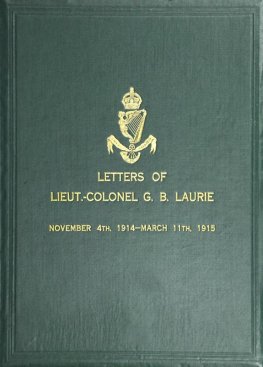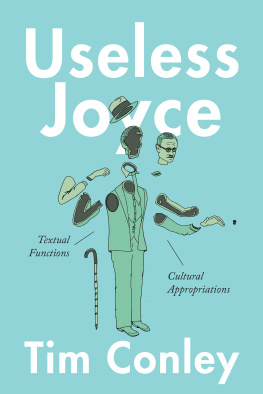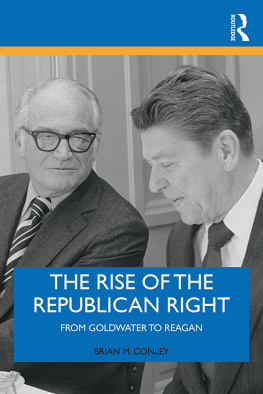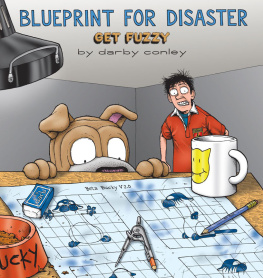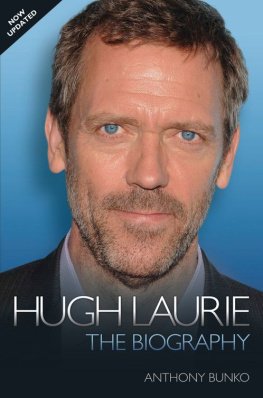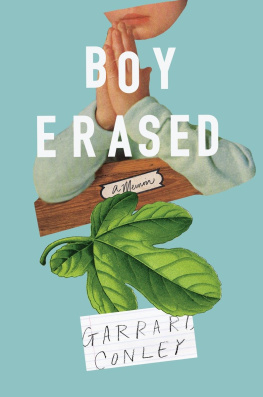Laurie A. Conley - Where Is the Vatican?
Here you can read online Laurie A. Conley - Where Is the Vatican? full text of the book (entire story) in english for free. Download pdf and epub, get meaning, cover and reviews about this ebook. year: 2019, publisher: Penguin Young Readers Group, genre: History. Description of the work, (preface) as well as reviews are available. Best literature library LitArk.com created for fans of good reading and offers a wide selection of genres:
Romance novel
Science fiction
Adventure
Detective
Science
History
Home and family
Prose
Art
Politics
Computer
Non-fiction
Religion
Business
Children
Humor
Choose a favorite category and find really read worthwhile books. Enjoy immersion in the world of imagination, feel the emotions of the characters or learn something new for yourself, make an fascinating discovery.
- Book:Where Is the Vatican?
- Author:
- Publisher:Penguin Young Readers Group
- Genre:
- Year:2019
- Rating:5 / 5
- Favourites:Add to favourites
- Your mark:
- 100
- 1
- 2
- 3
- 4
- 5
Where Is the Vatican?: summary, description and annotation
We offer to read an annotation, description, summary or preface (depends on what the author of the book "Where Is the Vatican?" wrote himself). If you haven't found the necessary information about the book — write in the comments, we will try to find it.
Where Is the Vatican? — read online for free the complete book (whole text) full work
Below is the text of the book, divided by pages. System saving the place of the last page read, allows you to conveniently read the book "Where Is the Vatican?" online for free, without having to search again every time where you left off. Put a bookmark, and you can go to the page where you finished reading at any time.
Font size:
Interval:
Bookmark:
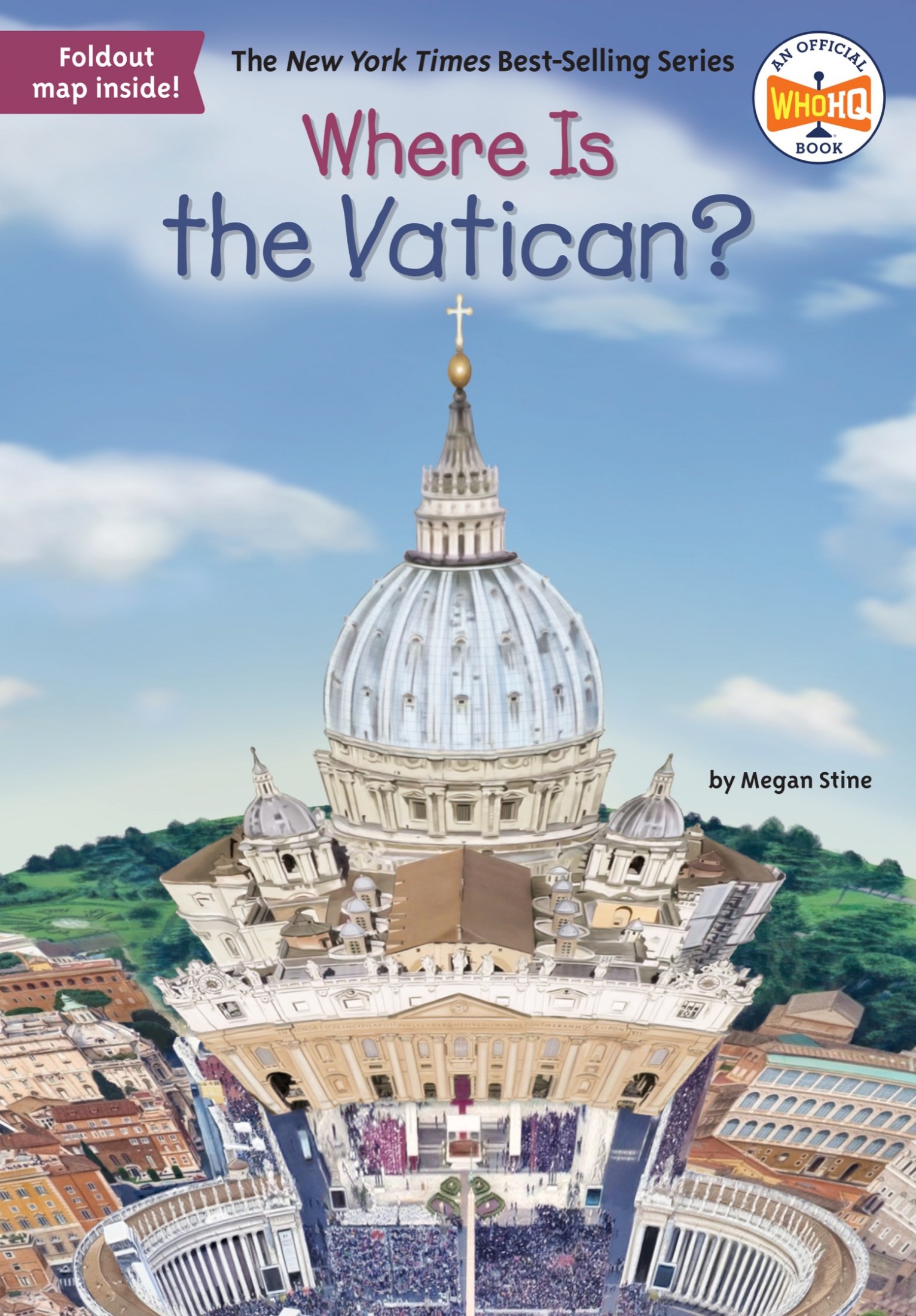
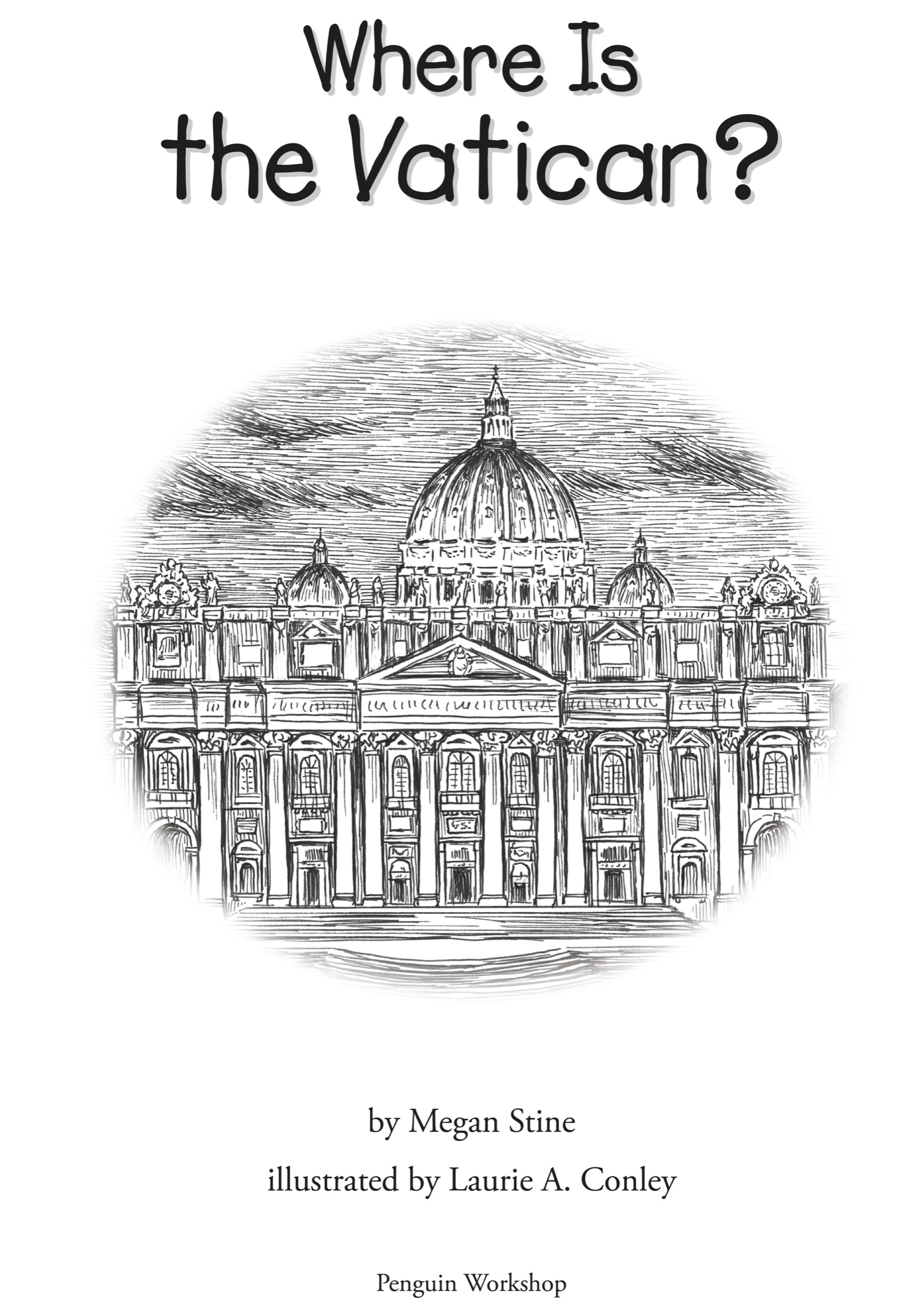
For my dear friend Betsy and her children and grandchildren: Geoff, Anne, Paula, Michael, Delaney, Kendall, Garrison, and GeorgeMS
For Brian, for his endless supportLAC
PENGUIN WORKSHOP
An Imprint of Penguin Random House LLC, New York

If you purchased this book without a cover, you should be aware that this book is stolen property. It was reported as unsold and destroyed to the publisher, and neither the author nor the publisher has received any payment for this stripped book.
Penguin supports copyright. Copyright fuels creativity, encourages diverse voices, promotes free speech, and creates a vibrant culture. Thank you for buying an authorized edition of this book and for complying with copyright laws by not reproducing, scanning, or distributing any part of it in any form without permission. You are supporting writers and allowing Penguin to continue to publish books for every reader.
The publisher does not have any control over and does not assume any responsibility for author or third-party websites or their content.
Copyright 2019 by Penguin Random House LLC. All rights reserved. Published by Penguin Workshop, an imprint of Penguin Random House LLC, New York. PENGUIN and PENGUIN WORKSHOP are trademarks of Penguin Books Ltd. WHO HQ & Design is a registered trademark of Penguin Random House LLC.
Visit us online at www.penguinrandomhouse.com.
Library of Congress Control Number: 2019030855
ISBN 9781524792596 (paperback)
ISBN 9781524792602 (library binding)
ISBN 9781524792619 (ebook)
Version_1
It was a cold, wet day in March 2013. Crowds of Catholics filled a huge square outside the largest church in the world: St. Peters Basilica. More than fifty thousand people had come to find out who would be the next pope.

The answer depended on a vote that was taking place inside a chapel beside the huge church. One hundred fifteen cardinals were locked inside to vote for the new pope. (Cardinals are the most important Catholic priests after the pope.) To be elected pope, one of the cardinals had to receive two-thirds of the votes. The cardinals wrote the name of the person they were voting for on a piece of paper. They kept their votes secret by disguising their handwriting. After being counted, the ballots were burned and smoke drifted up from the chapel.
The results of the votes are always announced to the world in a puff of smoke. White smoke means that a new pope has been elected. Black smoke means that no one has gotten enough votes yet.
On the first day of voting, no one was chosen. Black smoke billowed out of the chapel chimney. The same thing happened the next morningblack smoke. The cardinals would have to vote again.
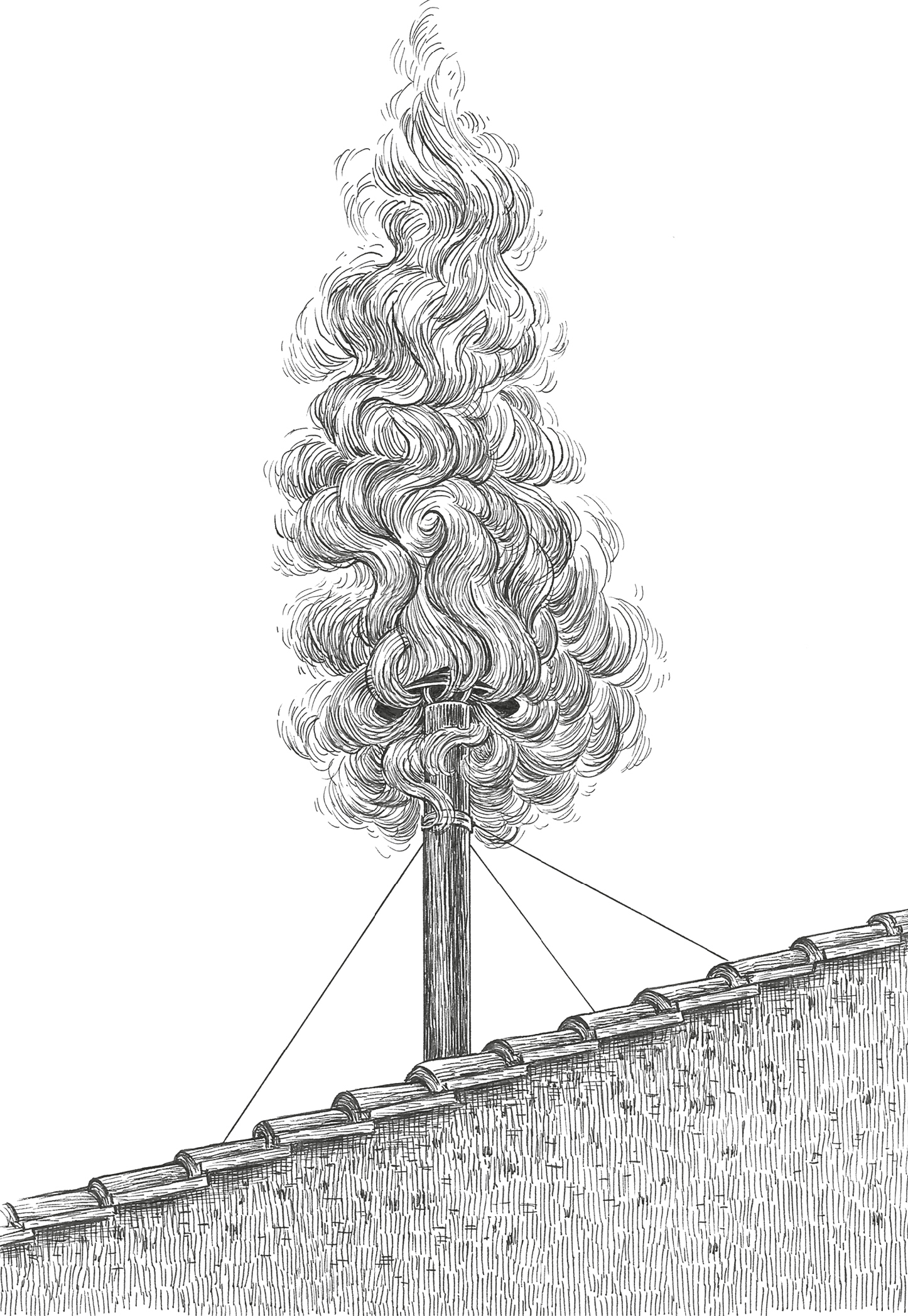
Rain began to fall. Still, the crowds remained, waiting under umbrellas into the night.
Finally, on the evening of March 13, a plume of white smoke floated up into the air. The crowd burst into joyous cheers. They waved flags from countries all over the world. Then bells began to ring and ring, announcing that a new pope had been chosen.
By the time Pope Francis appeared on the balcony overlooking the square, the rain had stopped. He spoke humbly to the crowds, asking them to pray for him. He knew he had a big job ahead of him.

Being pope meant he would head the Catholic Church, all the world over. As pope, he would also be the leader of a country. It is the smallest country in the world, located entirely inside the city of Rome, Italy.
The country is called Vatican City.
How did Vatican City become the smallest country on earth?
The answer lies in the story of Christianity a story that began more than two thousand years ago when Jesus was alive.
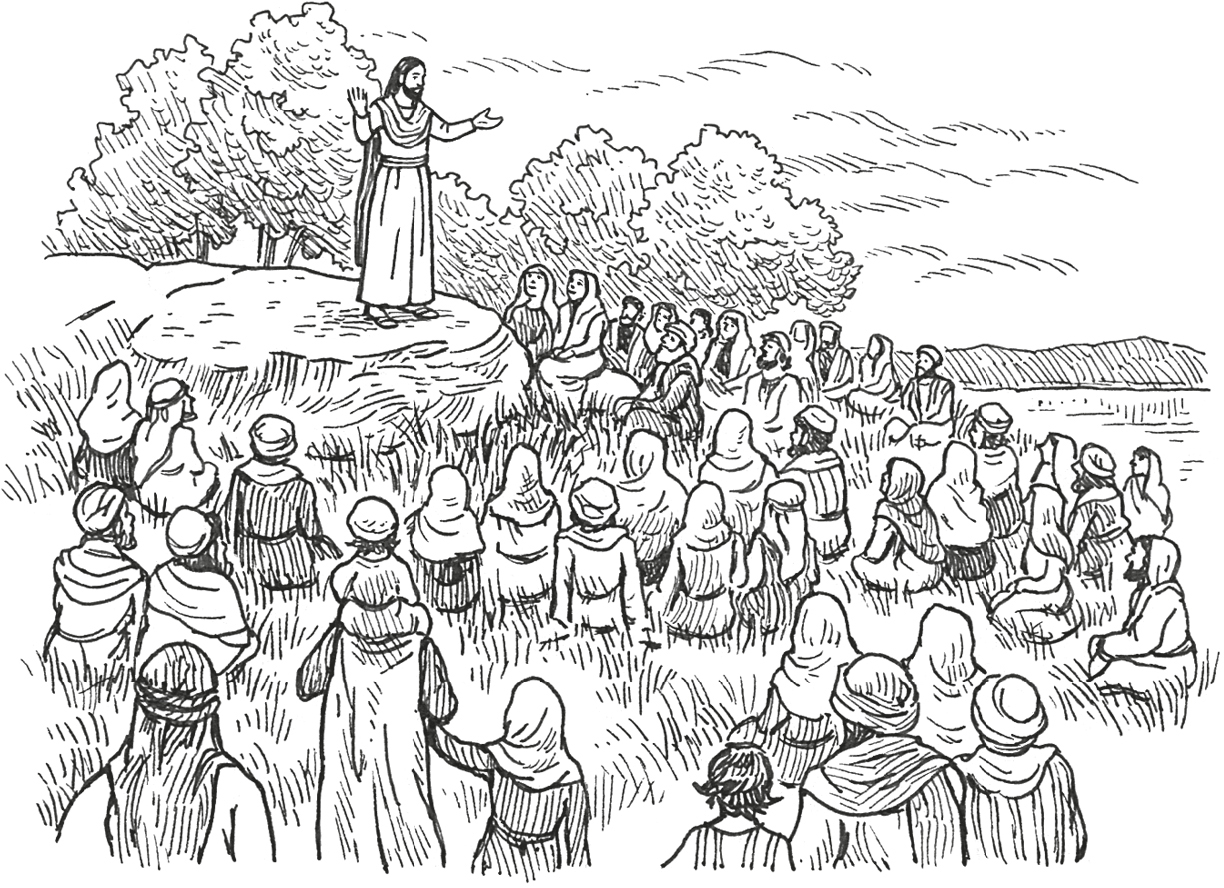
The Christian religion is based on the teachings of Jesus and the events of his life. Christian people believe he is the son of God. Jesus was killed by the Romans for his preaching. He was nailed to a cross and left to die. Christians believe he rose from the dead three days later and returned to God in heaven.

Nero
For a long time after that, it wasnt safe to be a Christianespecially in Rome. Rome was the center of power in the ancient Roman Empire. One leader of the empire was Nero. Nero didnt want a new, different religion taking over his world. He wanted everyone to obey him and pray to the Roman gods the way they always had. He killed many Christians.
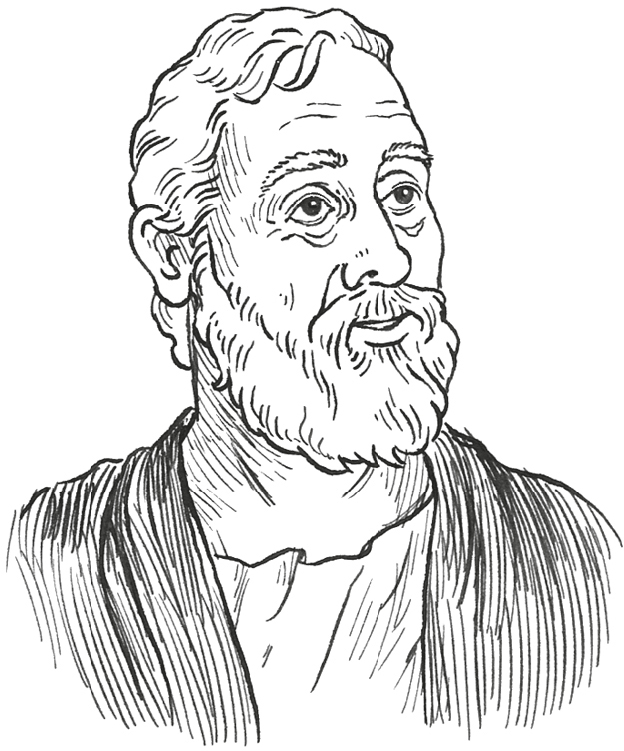
St. Peter
Peter was one of Jesuss followers. He wouldnt give up his new religion. So he was crucified, too. According to the story, his body was buried right where he died in Rome.
Christians loved and admired Peter for his faith and courage. As time went on, he became known as St. Peter, the first bishop of Rome. A bishop is someone chosen to lead the church.
For the next three hundred years, many Christians were threatened, tortured, and harmed. But an emperor named Constantine took over the Roman Empire in the fourth century. Constantine believed in the Christian religion. He declared that people should be allowed to worship whatever religion they chose.
Constantine donated lands and churches to the Christians. He gave the bishop of Rome a palace to live in, called the Lateran Palace. One of the earliest Christian churches, called St. John Lateran, was built beside the palace. From then on, the bishop of Rome was called the pope, and all the popes were called the bishop of Rome. Pope comes from the word papa, which means father. For the next thousand years, all the popes lived in the Lateran Palace.
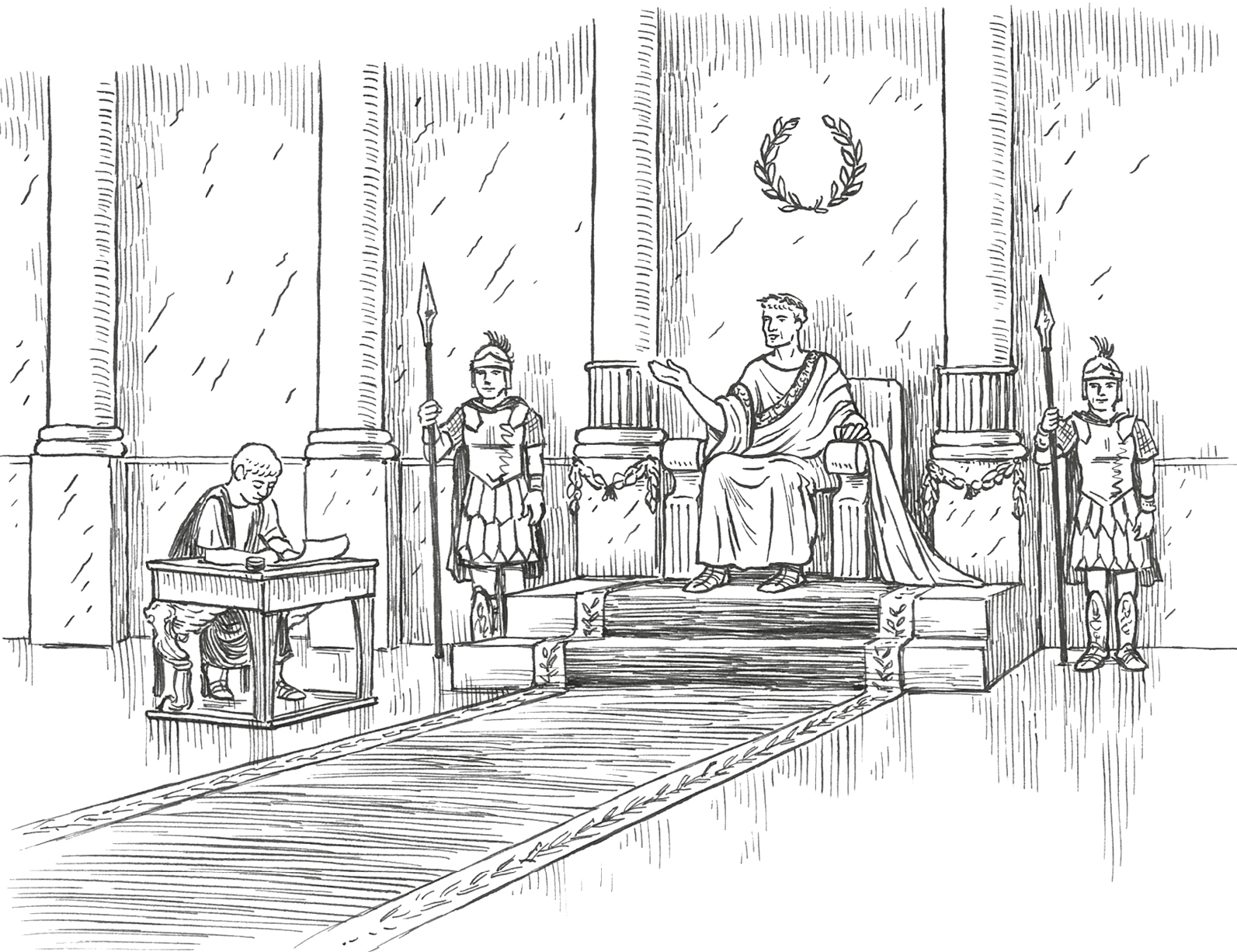
Emperor Constantine
Priests are ministers in the Catholic Church. Each priest is usually in charge of just one church, or parish. Bishops are priests who have been chosen by the pope to watch over several churches in a small area called a diocese (say: DYE-uh-sess). An archbishop is in charge of a larger area or a big city, called an archdiocese. Cardinals are bishops who have been appointed for special duties by the pope. The pope appoints the cardinals to give him advice, help run the Vatican, and to choose a new pope when a pope dies or retires.
Font size:
Interval:
Bookmark:
Similar books «Where Is the Vatican?»
Look at similar books to Where Is the Vatican?. We have selected literature similar in name and meaning in the hope of providing readers with more options to find new, interesting, not yet read works.
Discussion, reviews of the book Where Is the Vatican? and just readers' own opinions. Leave your comments, write what you think about the work, its meaning or the main characters. Specify what exactly you liked and what you didn't like, and why you think so.


